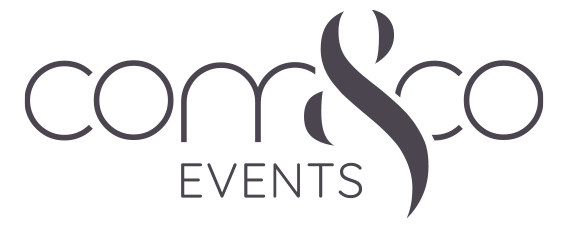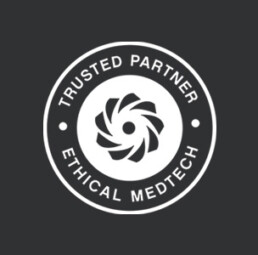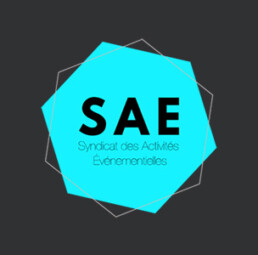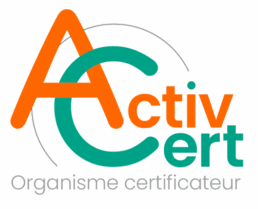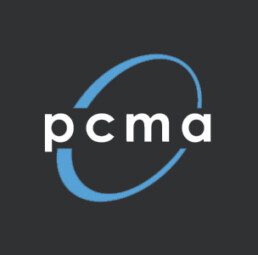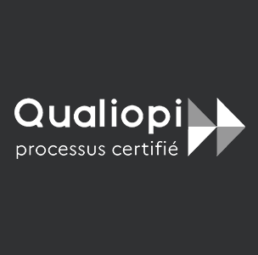3 Formats for the Next Generation of Panel Sessions
It’s time to bring back panels — but not in the same tired format. Here are three ideas to mix things up.
Source : PCMA
Author: Dave Lutz, CMP

For years I’ve been a fan of bringing in more outside voices to make mainstage sessions more valuable and deliver more impact. While keynote speakers can still be a significant attendance driver, I think 2023 is the year to resurrect the industry panel.
Here are three formats that incorporate these design principles.
TED MASH-UP
Three 15-minute TED presentations from carefully selected industry thought leaders whose content is focused on helping the audience address near-term challenges or opportunities.
CAREER JOURNEY MAPPING
Three or four industry leaders who each took different career pathways. Stories highlighting their unique journey are shared to help the audience develop their own growth plan.
Differentiation
Session design has lots of moving parts including rapid-fire segments, audience peer-to-peer discussions, and crowdsourced Q&A. (For more guidance on designing the Career Journey Mapping format, read Kristin Arnold’s Powerful Panels post.)
CRITICAL CONVERSATIONS
A skilled facilitator interviews two thought leaders at a time. This happens in three 15-to-20-minute segments. Each segment features a current significant issue for the profession.
Differentiation
A content weaver organizes and facilitates three mini-panels. Transitions help chunk the experience.
The talk show–like format provides better focus and intimacy for the audience.
Panel diversity is even more critical when done in pairs.
More thought leaders are engaged and put in the spotlight.
Beyond Introductions and Q&A
One way to differentiate your mainstage panel is to engage a content weaver, who has traditionally been an emcee or session moderator. This role can be internal or external. A content weaver will:
- Create and manage the run of show.
- Conduct pre-session calls with each presenter.
- Develop and lead the plan for audience participation.
- Help the audience connect the dots for big ideas and takeaways.
- Improvise and keep the session moving.

